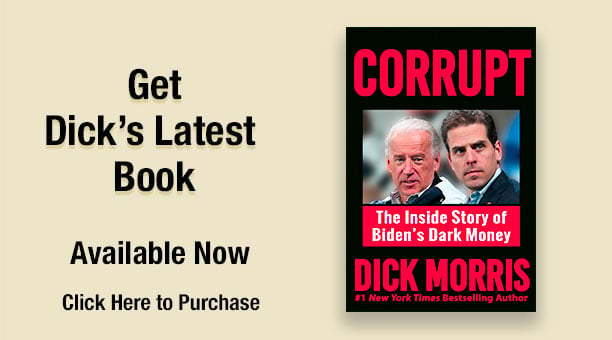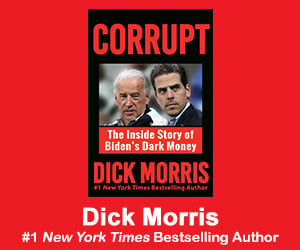SMASH THE UNION THUG-OCRACY
One of the first orders of business to come up in the new Republican-controlled House of Representatives will be the demand for bailouts of states where expenditures have been especially profligate – California, New York, Michigan, Illinois, and Connecticut. Throughout 2009 and 2010, these states governments have stayed above water by repeated infusions of federal cash. These one-shot stimulus payments must be repeated each year. They are all non-recurring expenditures requiring separate annual appropriations.
The Republican House must say no and hold the line, stopping this raid on the federal Treasury. The cry in the caucus must ring loud: “No More Bailouts!”
But, as the Republicans demand fiscal discipline and refuse to make the citizens of the other, more responsible states subsidize the wayward finances of California and New York, we need to focus on the union power that has forced states, localities, and school boards to raise taxes, borrow money, and – ultimately – to depend on federal bailouts.
These unions have forced contracts on their states, localities, and school boards which provide for ever higher wages, benefits, and pensions. Even now, teachers are on strike in a suburb of Pittsburgh because they feel a 4.5% annual wage increase is inadequate!
The House must create a federal bankruptcy procedure for states that cannot make ends meet requiring, as happens in corporate bankruptcies, that the state governments abrogate all their union contracts. The new state bankruptcy procedure should offer all states – and through them, their localities, counties, and school boards — the ability to reorganize their finances free of the demands and constraints of their union agreements.
This measure will return our state and local governments to the sovereignty of the people and take them away from the thug-ocracy of public employee unions.
When states like California and New York come to Washington begging for relief, they will threaten us with the closure of their schools and the release of their prison inmates if we deny them subsidy. Liberals and President Obama will try to portray the battle as school children vs. niggardly Republican legislators.
But the real fight will be between school children and citizens on the one hand and unions on the other. The House must shape the issue so that it exposes the real cause of the state shortfalls: The excessive agreements public employee unions have won over the years.
The unions are about to fall prey to what Margaret Thatcher identified as the terminal drawback of socialism – that eventually one runs out of other people’s money!
Such an approach will also have a larger political impact.
Election Day 2010 demonstrated the enormous power of public employee unions and their integral relevance to the Democratic Party. In state after state, the vote totals of Democratic candidates, particularly those running for Senate, exceeded the predictions of all pollsters. This gap between pre-election anticipation and Election Day results had one main cause: the militancy, money, and manpower of public employee unions. It was the combined efforts of the SEIU (Service Employees International Union), the NEA (National Education Association), the AFT (American Federation of Teachers), and AFSME (American Federation of State and Municipal Employees) that preserved the Democratic control of the U.S. Senate.
Nate Silver, writing in The New York Times, compared the results of the major public opinion polls for the twenty-one days before the election with the actual results. He found that seven of the eight major polling firms all overestimated the Republican vote, some by as much as an average of four points. Silver’s point was to criticize the accuracy of the surveys and, perhaps, to impute a partisan bias to their findings. But it is far more likely that the polls were right and that the election day performance of the Democratic Party’s ground game overcame even substantial Republican leads in states like Nevada.
Here are Silver’s findings:
| Firm | Polls | Average Error | Bias |
|---|---|---|---|
| Rasmussen | 105 | 5.8 | R+3.9 |
| CNN/Opinion Res | 17 | 4.9 | R+2.1 |
| Marist | 14 | 4.9 | R+4.0 |
| Mason Dixon | 20 | 4.6 | D+0.4 |
| Public Policy Polling | 45 | 3.8 | R+0.3 |
| You Gov | 35 | 3.5 | R+1.1 |
| Survey USA | 30 | 3.5 | R+0.8 |
| Quinnipiac | 21 | 3.3 | R+0.7 |
Were all these polls wrong? No way. They were right. But they did not take account of the potency of Democratic unions.
Almost every poll, for example, had Sharron Angle defeating Harry Reid, usually by three or four points. Her six point defeat on Election Day can only be attributed to the union-based Democratic effort.
The fiscal crises facing state and local governments and school boards makes these unions and their political clout vulnerable, potentially at the mercy of a Republican controlled House of Representatives. We may, at long last, have a way to liberate our nation from the domination of those who should be our public servants but instead are frequently our union masters.





